L.A.’s best after-hours fun: grunion spotting. Plus, CicLAvia is returning
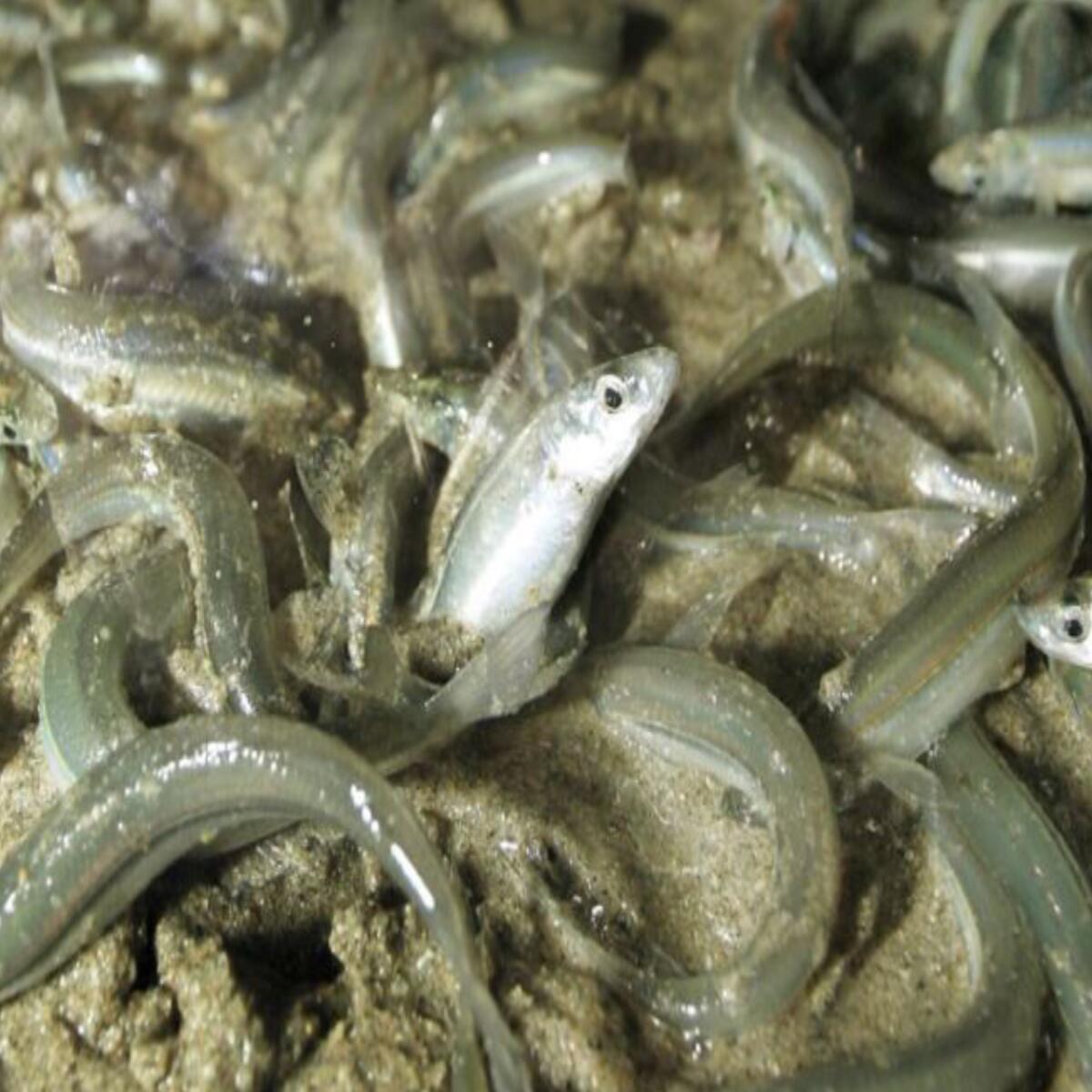
By Mary Forgione
It requires no skill — just luck (and patience) — to go grunion spotting on Southern California beaches. But first an explanation: Grunion are small, silvery fish that leap from the water in the wee hours to mate on beaches in L.A., Orange County and San Diego. That’s right, they leave the ocean to lay their eggs. It’s extraordinary to see hundreds of silvery fish jumping onto the sand.
California grunion, a.k.a. Leuresthes tenuis, thrive from Point Conception in the north to Point Abreojos in Baja California. They show up in the few hours after a high tide. Grunion season started in March but is still happening — from 10 p.m. to midnight on Saturday and from 10:35 p.m. to 12:35 a.m. Sunday. Here are dates for expected grunion appearances through August.
To view grunion, look for a beach with quieter, darker parts and few spectators. Keep your voice low, don’t use a flashlight to spot them, and be careful not to step on them. Check out more information about grunion from the California Department of Fish & Wildlife.
4 things to do this week
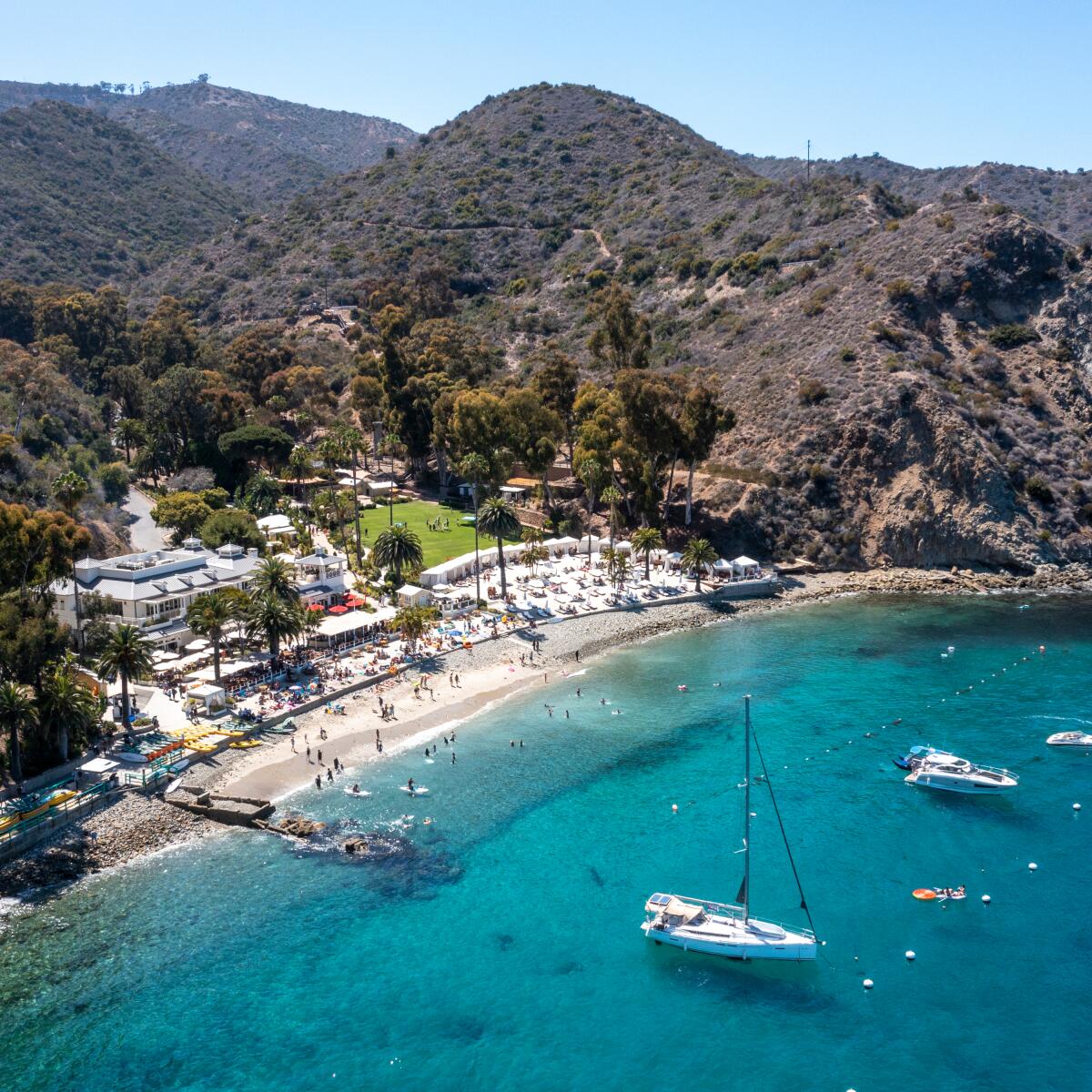
1. Check out the Trailhead visitor center on Santa Catalina. If you want to know more about trails and camping on the island, make your first stop at Trailhead in Avalon. The 9,000-square-foot center serves as headquarters for the Catalina Island Conservancy and doubles as the official start of the 38-mile Trans-Catalina Trail from Avalon to Two Harbors. The $14.5-million facility replaced the tottering Catherine Hotel, which dated to the 1890s, according to this L.A. Times story. Need more inspiration? Here are 21 things to do on Catalina right now.

2. Mark your calendar! CicLAvia Sundays are coming back. What could be better than pedaling around L.A. without having to dodge cars? CicLAvia returns for three bike-centric events this year after sitting out most of 2020 because of the COVID-19 pandemic. Cyclists and walkers will enjoy closed streets in Wilmington on Aug. 15, downtown L.A. (known as the Heart of L.A. route) on Oct. 10 and South L.A. on Dec. 5. The events “turn public streets into public parks for a day” by closing them to traffic and encouraging Angelenos to experience a car-free event, according to a news release. Check out details here.
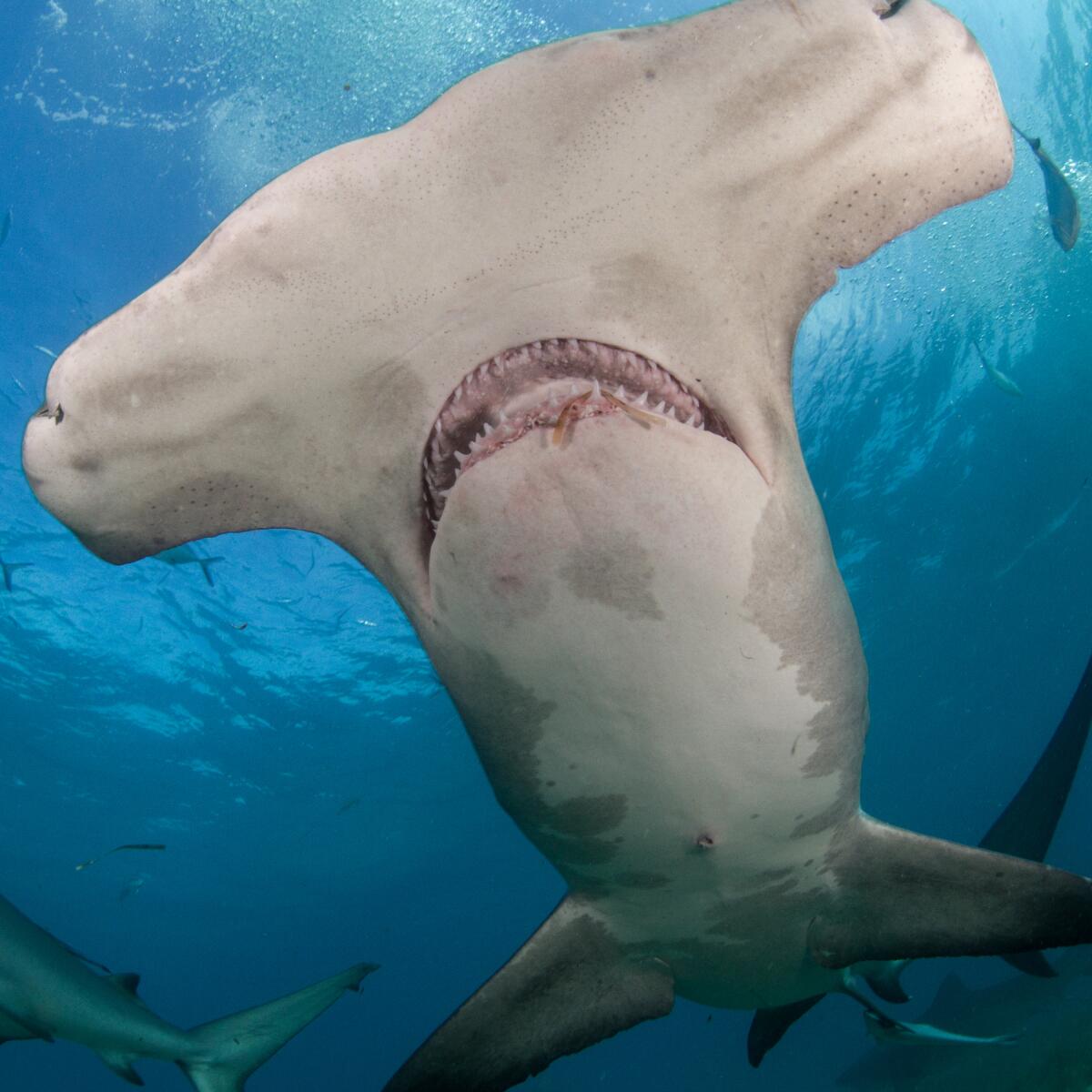
3. Shark Week on the Discovery channel (mostly) keeps it real. Let the hammerhead fest begin! The annual Shark Week stories and programs are on Discovery channel starting Sunday with ads that show great whites exploding onto landscapes when people are mid-conversation. (OK, that’s the not-so-real part.) Despite the scary hype, Discovery delivers on basic science, such as a video about rare pocket sharks, which can be as small as 6 inches. Programming kicks off with Robert Irwin, son of the late zookeeper and “Crocodile Hunter” Stephen Irwin, facing down at least one great white. More info here.
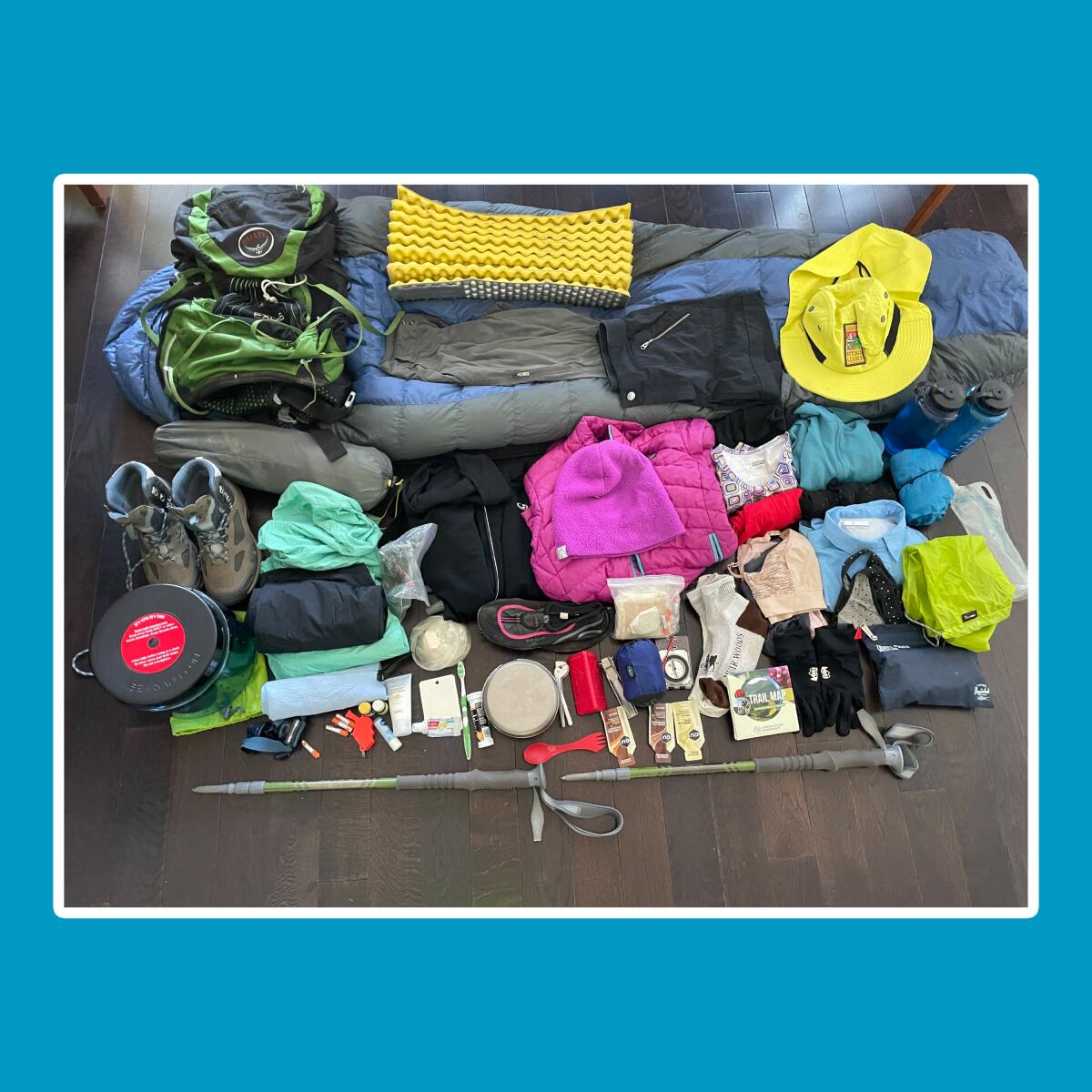
4. Talk to me about camping at a Zoom event at the Pasadena Public Library. Summer has more than arrived, and it’s the ideal time to take a camping trip. Find out what to bring, where to go and what to do to make your night under the stars a success. The event is free and open to all; registration required. It starts at 5 p.m. July 14 on Zoom. Click here to sign up.
The must-read
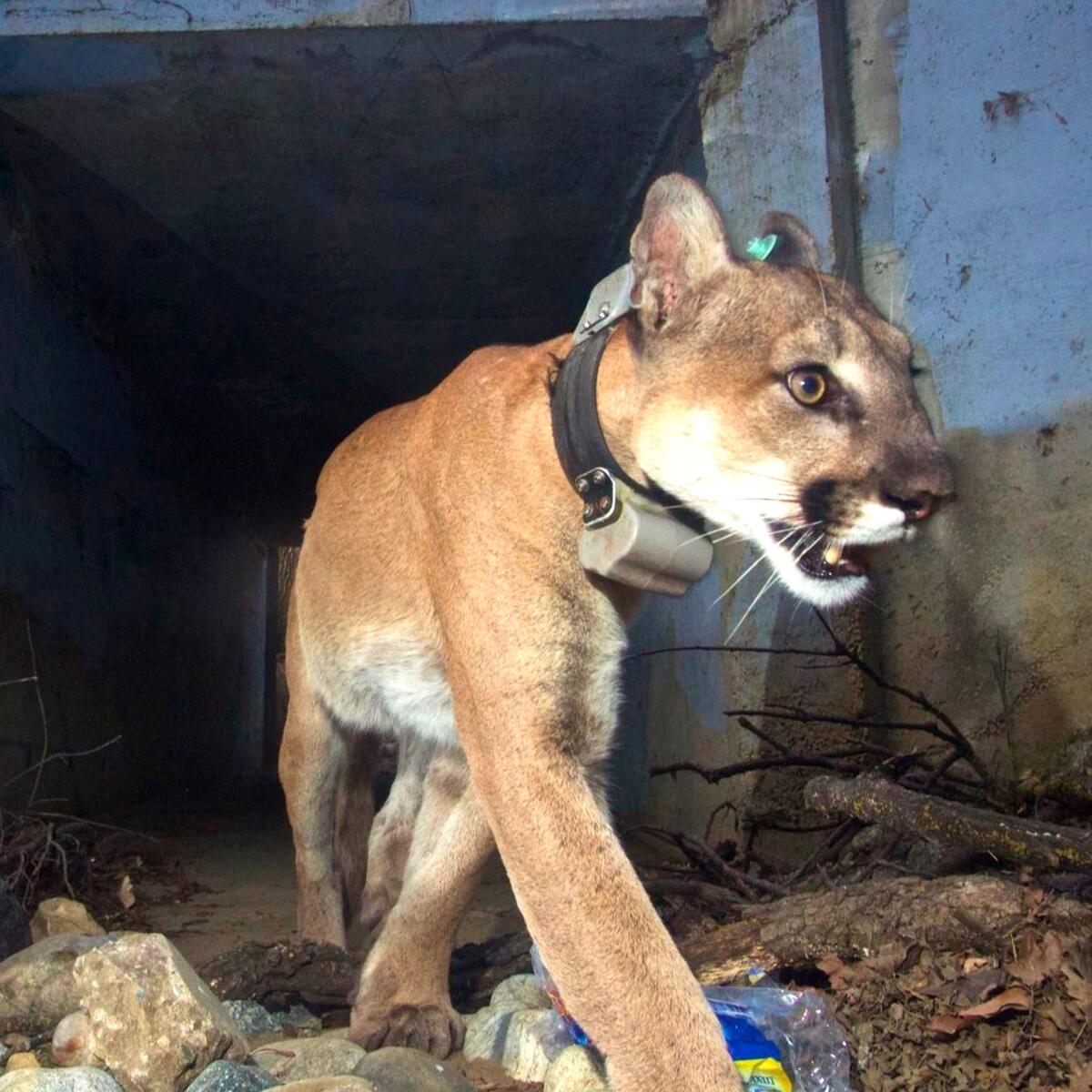
What kind of bridges do local mountain lions like? Hard to say, but if you haven’t heard, there’s a plan afoot to build an $87-million bridge over the 101 Freeway at Liberty Canyon in Agoura Hills to keep cougars from become roadkill. Architect Robert Rock is designing the planned bridge — 200 feet long, 165 feet wide — that has been on the boards for at least six years. “Mountain lions are prone to wander,” Rock told the L.A. Times. “A wildlife crossing here is our best hope for keeping them from wandering into extinction.”
The National Wildlife Federation has raised $38 million for the bridge so far. The goal is to raise the rest by fall so construction can begin. How dire is the need for the bridge? The story says: “Recent studies predict extinction probabilities of 16% to 28% over the next 50 years for these lions, which have the lowest genetic diversity documented for the species aside from the critically endangered Florida panther. That’s partly because the 101 Freeway is a nearly impenetrable barrier to gene flow for the mountain lions, which biologists consider to be among the most threatened mammals in North America.” Read the full story here.
Wild things

Chances are you haven’t seen a Laguna skipper in the Laguna Mountains in northern San Diego County. The last known sighting of the butterfly in its namesake habitat was 1999. Now state and federal agencies, and the San Diego Zoo, hope to restore the rare butterfly with the inch-long wingspan and mottled white spots on a dark body. The Laguna skipper is known to live at four locations on Palomar Mountain. But if that landscape burned, that would be the end of the skipper, underscoring the need to return the butterfly to its original habitat. Skippers don’t fly that far to make the leap on their own.
The restoration starts at the zoo, which hatched and reared more than 300 caterpillars “that look a bit like a green gummy bear with a black head at the end,” this San Diego Union-Tribune story says, in hopes that they’ll form a chrysalis. The story continues: “Once the increasingly plump caterpillars stop eating and form a chrysalis, they’ll be taken to the Laguna Mountains for release. Most of the chrysalises will stay dormant until next spring, which is when the butterflies will finally emerge.” Read the full story here.
Social moment

“Going into the woods for a few days. Everyone be good and Happy 4th.” That’s a July 3 tweet from Rep. Alexandria Ocasio-Cortez, a New York Democrat who started hiking and backpacking to de-stress after the U.S. Capitol riot on Jan. 6. Outside Business Journal wrote about an Instagram video that AOC posted in May when she was on the trail, in part saying: “After the insurrection, I felt like I really needed a practice to help ground me. It was getting a lot harder for me to settle my mind in the immediate aftermath.” Read about how AOC uses social media for her own brand of messaging, from Congress to the trails.
P.S.
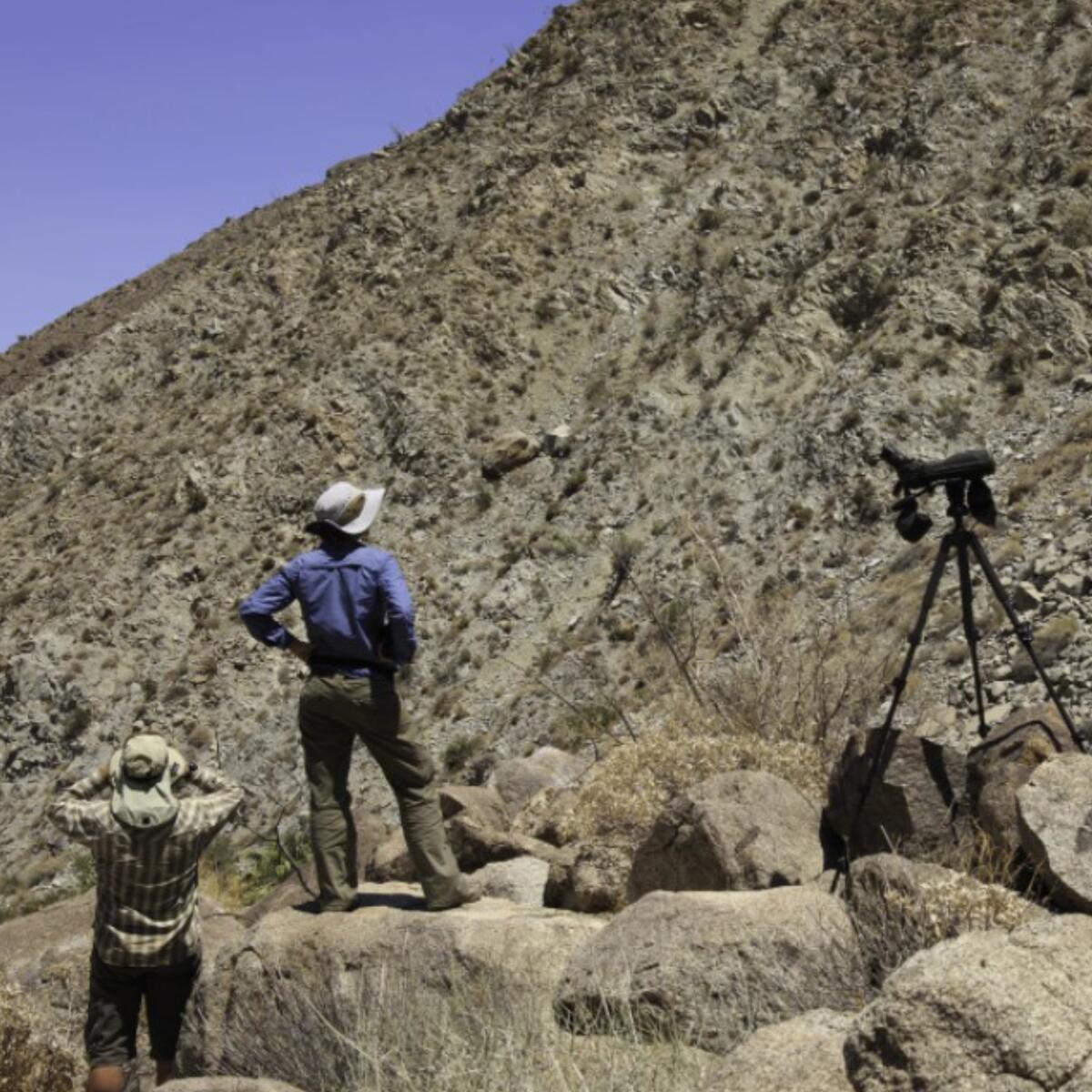
Last year the pandemic canceled the bighorn sheep count in Anza-Borrego Desert State Park that’s been going on for half a century. The event in which volunteers and biologists visit specific desert spots to document the number of ewes, rams and lambs was supposed to take place July 1-4. It’s always held during the hottest time of the summer when sheep are likely to come down from the mountains in search of water. This year’s event was canceled after an experienced volunteer collapsed and died in mid-June after hiking in to cache water for the count. The medical examiner in San Diego County hasn’t yet given a cause of death, but overheating may have played a role. It was 116 degrees that day. Observers counted 273 sheep in 2019, the last full census. Read the full story here.
Send us your thoughts
Share anything that’s on your mind. The Wild is written for you and delivered to your inbox for free. Drop us a line at [email protected].
Click to view the web version of this newsletter and share it with others, and sign up to have it sent weekly to your inbox. I’m Mary Forgione, and I write The Wild. I’ve been exploring trails and open spaces in Southern California for four decades.

Sign up for The Wild
We’ll help you find the best places to hike, bike and run, as well as the perfect silent spots for meditation and yoga.
You may occasionally receive promotional content from the Los Angeles Times.




